Colorado Construction Crew Finds 66-Million-Year-Old Triceratops Fossil
A Colorado scientist says he’s “over the moon” after a construction crew in the city of Thornton reportedly stumbled upon a triceratops fossil last week.
The construction workers were breaking ground for a new fire and police building when they encountered an obstruction in the dirt, The Denver Post reports. After a crew member pointed out that it could be a fossil, paleontologists from the Denver Museum of Nature and Science were called in to investigate.
Joe Sertich, the museum’s curator of dinosaurs, arrived at the site Monday and discovered to his delight that the workers had indeed unearthed something remarkable.
“My heart was racing,” Sertich said in a statement posted on the city of Thornton’s website. “I realized it was a pretty important dinosaur find.”
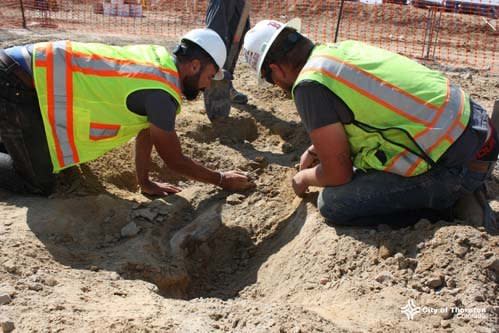
Sertich believes the crew uncovered parts of a skull and skeleton of a triceratops. He says it’s “one of only three” triceratops skulls ever found in the Front Range of the Rocky Mountains. Most fossils found in the Front Range are about 10,000 to 12,000 years old, he said, but the bones discovered in Thornton appear to be much, much older.
“This dinosaur has been laying here for at least 66 million years,” Sertich said. “I’m over the moon right now about this dinosaur fossil.”
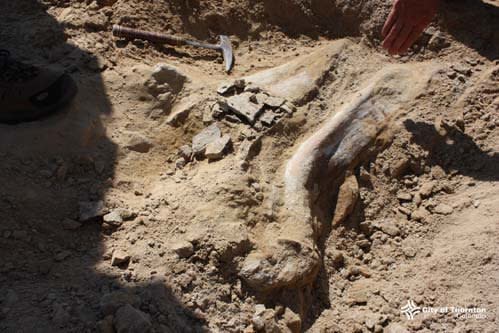
Construction at the fossil site has reportedly been halted as scientists search for any other fossils potentially awaiting discovery.
“A lot of times [fossils] will be plowed up and they won’t be recognized,” Sertich said. “We’re really lucky in this case that it was recognized as fossils and we got the call.”
It's taking shape! Our team has uncovered a rib, scapula and 2 telltale #triceratops brow horns in Thornton so far pic.twitter.com/i0OpoHQyLf
— Denver Museum (@DenverMuseumNS) August 30, 2017
As Smithsonian magazine notes, the herbivorous triceratops was among the last species of dinosaur to roam the Earth.
The dinosaur’s three-horned skull has been described as “one of the largest and most striking of any land animal.”
Love HuffPost? Become a founding member of HuffPost Plus today.
Related...
Were Dinosaurs Cold-Blooded Or Warm-Blooded?
9 Dinosaurs That Were Secretly Hot
Fossilized Feathers Reveal Similarity Between Dinosaur And Ostriches
Meet The Biggest Dinosaur Ever Found
Scientists Have Discovered Triceratops Had A Big-Headed Relative
Also on HuffPost
Qijianglong, or The Long-Necked Dragon
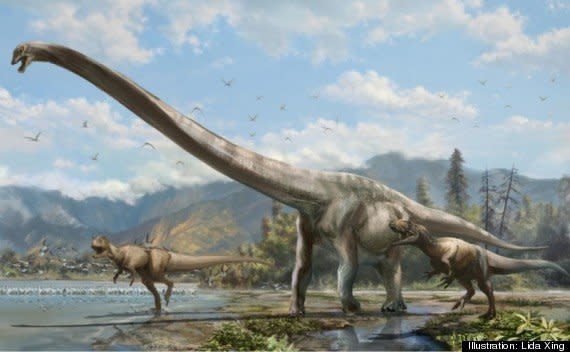
Yi qi, or The Mysterious Bat Pigeon

Saurornitholestes sullivani, or The Even More Lethal Velociraptor
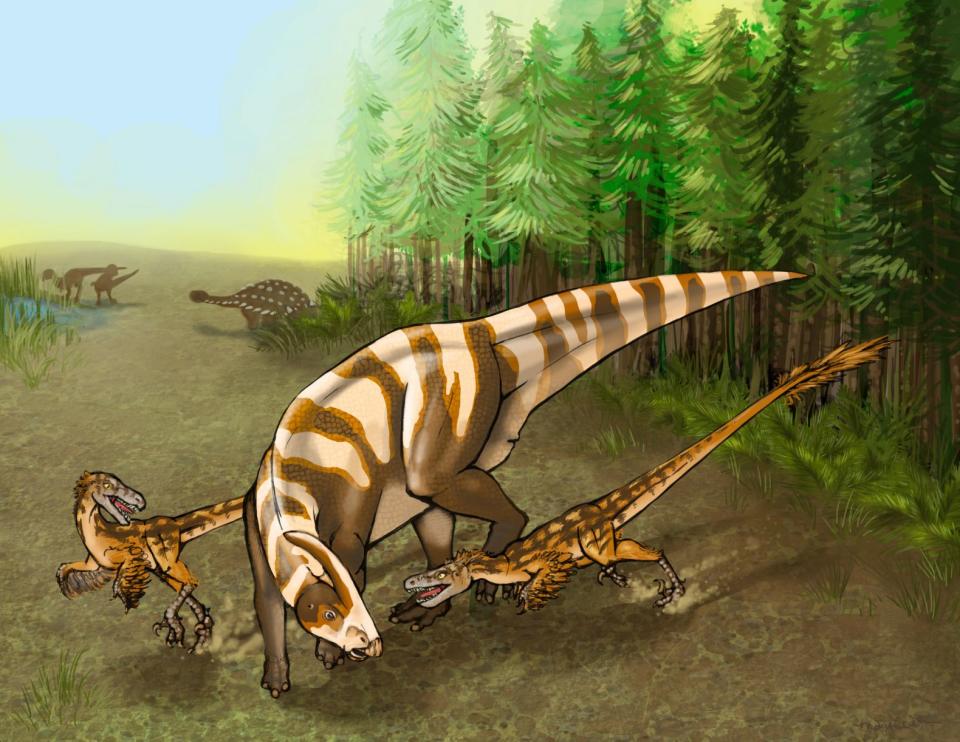
Zhenyuanlong suni, aka The Fluffy Chicken From Hell
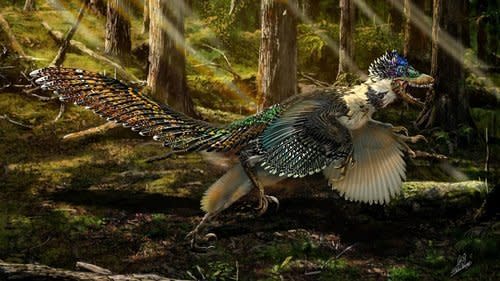
"The real Velociraptors," a paleontologist said, "would have been feathery, fluffy, winged Chickens from Hell."
While Zhenyuanlong suni may have had a set of birdlike wings, it was too short to fly and was likely used for show and egg protection.
Lightning Claw, aka T. Rex's Little Cousin

Ugrunaaluk kuukpikensis, aka The Arctic Nightowl
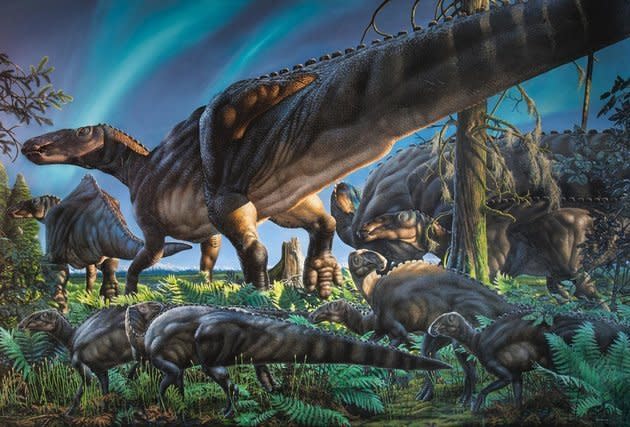
Hualianceratops wucaiwanensis, aka The Big-Headed Dog Dino
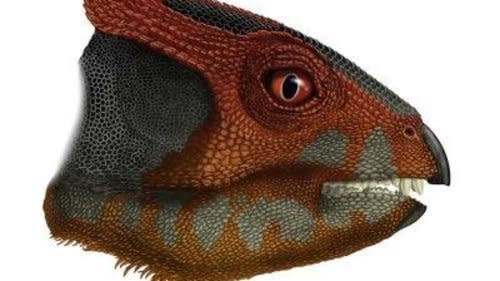
Morelladon, aka The Humpback Sail
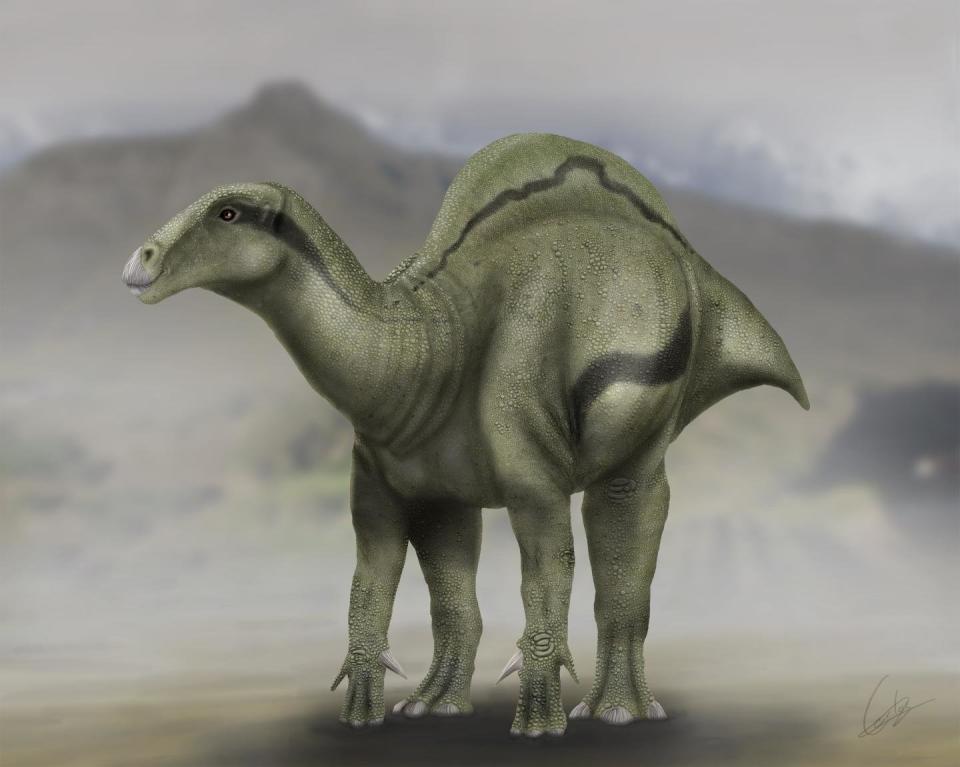
This article originally appeared on HuffPost.

